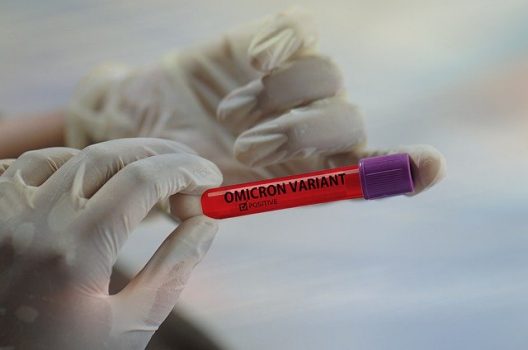Omicron infection you need to know about
Omicron infection you need to know about.OMICRON has swept through the UK, with most people now knowing someone who has tested positive – if not themselves.
But the good news is it’s a much milder illness than past Covid infections, as long as you’ve had your booster dose.
There is also quite a clear path now between when you will have picked up the bug, when you will get sick and how long you might be feeling ill for.
A string of hugely positive studies show Omicron IS milder than other strains, with the first official UK report revealing the risk of hospitalisation is 50 to 70 per cent lower than with Delta.
Covid booster jabs protect against Omicron and offer the best chance to get through the pandemic, health officials have repeatedly said.
The Sun’s Jabs Army campaign is helping get the vital extra vaccines in Brits’ arms to ward off the need for any new restrictions.
It’s thought there are five stages of Omicron, all of which we have outlined for you.
Stage one is contact with an infected person.
It’s likely you won’t be certain when you may have picked up the virus, as just a breath of infected air is enough to catch it.
But if you are spending more time indoors with no ventilation you stand a stronger chance of having caught it there.
Stage two is around two or three days with no symptoms presenting yet.
Omicron is thought to be much faster working than Delta or Alpha – so you will likely see symptoms sooner, around the two day mark.
Of course some people won’t see any at all throughout their entire infection.
But most people will spend a couple without any signs they are ill – unaware they are in the viruses incubation period.
Stage three is when early symptoms start to pop up, like lower back ache, night sweats and a scratchy throat.
Again, everyone is different and will experience their own early symptoms, but these seem to be among the group reported be most patients.
Others include headaches, muscle aches, runny nose, sneezing, nausea and loss of appetite.
Stage four is the test taking – which, if you’ve had these symptoms is quite likely to come back positive.
Omicron infection you need to know about.Do a lateral flow first, and then a PCR if it comes back positive. Although some lateral flows can miss the infection so if you have the symptoms go get a PCR to be sure.
Stage five is isolation if you have tested positive or from when you started noticing symptoms.
Of course if you are certain you are unwell and you don’t want to pass this on, you may do a self-imposed isolation.

